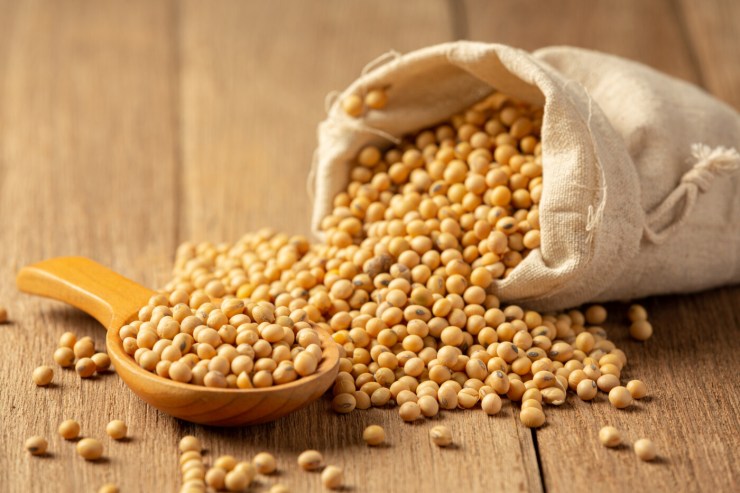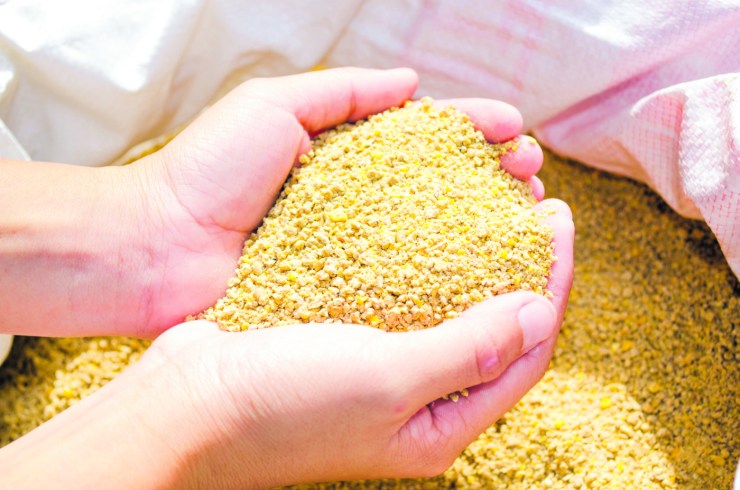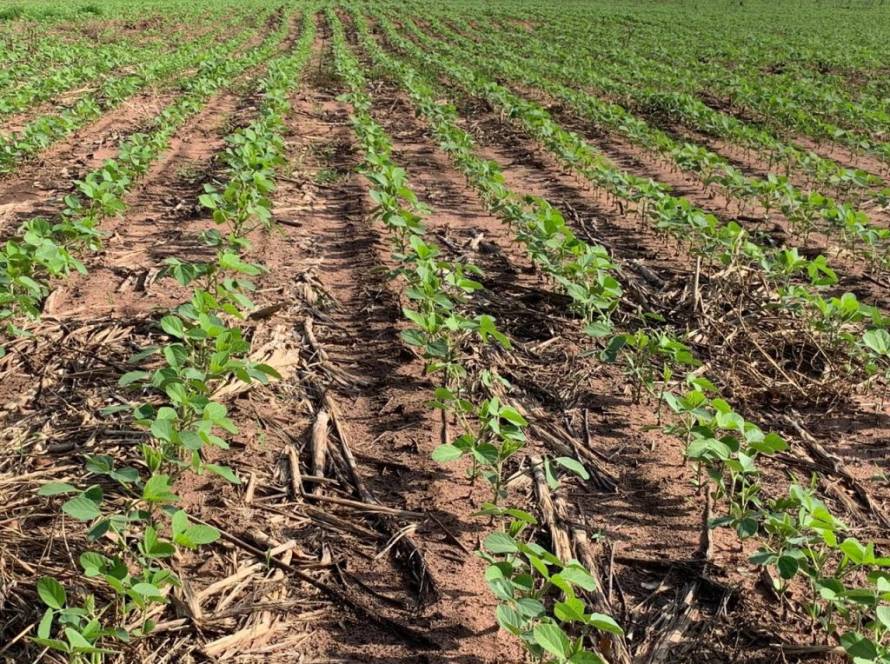About a year after its validation, the Antecipasto System is already yielding impressive results on rural properties in the Cerrado biome, consolidating its position as an improvement in Crop-Livestock Integration (CLI). Developed by Embrapa Agropecuária Oeste (MS), the technology advances pasture formation by up to 60 days during the soybean cycle, ensuring greater forage availability even in drought conditions and low-fertility soils, and providing gains of up to 5 arrobas per hectare in cattle weight during the off-season. In some cases, the system can increase beef production per hectare by up to 50% and is already expanding in five Brazilian states.
The system allows producers to sow grass during the soybean cycle, approximately 20 days after sowing the oilseed, without compromising its development. This anticipation is strategic: instead of waiting for the soybean harvest to begin pasture formation, as occurs in the traditional model, the grass is already developing during the plant's cycle, ensuring early entry of animals onto the pasture after harvest.

Photo: Gisele Rosso
With this, the Antecipasto System has contributed to the recovery of degraded pastureland in the Cerrado biome. It's a technology capable of intensifying livestock farming and reducing the average age of cattle slaughter. This strategy has also been identified as a way to reduce methane emissions, a major greenhouse gas, since animals produce the same amount of meat in a shorter lifespan.
By combining technological and sustainable benefits, Antecipasto is one of the technological assets included in the Journey for Climate. This Embrapa initiative brings together the efforts of science, government, and partners to promote solutions for low-carbon, inclusive, and resilient agriculture, in preparation for COP30 in Belém.
Field results
In practice, this technology has had an impact on commercial sectors. According to agricultural engineer Carlos Eduardo Barbosa (pictured right), technical manager of Estância Rosa Branca in Rio Brilhante, Mato Grosso do Sul, and Estância Retiro do Sertão in Nova Alvorada do Sul, Mato Grosso do Sul, where this system has been in place for five years, the grazing area has increased from 100 to 150 days per year, and the average stocking rate has risen to 2.5 to 3.0 animal units per hectare (AU/ha). "With Antecipasto, animals gain 700 to 800 grams of weight per day, compared to the 500 to 700 grams recorded with the conventional model. This represents 3 to 5 arrobas of net weight during the dry season. This changes the performance level in livestock farming," explains Barbosa.
In addition to increasing productivity, the Antecipasto System has demonstrated greater resilience to extreme climate variations, especially during periods of severe drought. Barbosa reports that in areas of the properties where it was adopted, it was possible to maintain pasture availability and cattle stocking rates, a very different scenario from that observed in areas managed with the conventional system, where there were significant gaps or even a complete absence of forage. "In two of the last five years, winter pastures only formed in the plots that used Antecipasto. In the others, the conventional system simply didn't respond to sowing or responded partially and limitedly at very low stocking rates," he reports.

Photo: Juliana Sussai
"Even in soils with only 15% to 20% of clay, we achieved good results. This shows that the system is versatile and can be adapted to different production conditions," says the agricultural engineer.
The model's benefits aren't limited to production. By promoting greater weight gain in less time, the Antecipasto System reduces the time animals spend on pasture. This results in lower enteric methane emissions, contributing significantly to more sustainable livestock farming practices. "The model doesn't compete with soybean or off-season corn cultivation, respects the agricultural calendar, and can also help Brazil meet its targets for reducing deforestation and greenhouse gas emissions," Barbosa emphasizes.
Climate, research and upcoming releases
To accelerate the adoption of the Antecipasto System in other regions, Embrapa is organizing a technology transfer plan directly with producers and rural assistance technicians. The strategy includes technical committees with awareness-raising activities in states with high potential for implementing the technology.
"We're preparing a delegation to Mato Grosso do Sul and other states where the system's growth is expected. The idea is to hold orientation sessions and then implement demonstration areas so producers can understand how the technology works in practice," explains Zago. According to him, the goal is for producers and technicians to monitor the system from soybean sowing to grass development, understanding how the two crops evolve together in the field.
"Today, with the accumulated data, we can confidently say that Antecipasto is a validated technology that can scale, transform livestock farming in Brazil without compromising soybeans, and even improve conditions for this crop," concludes Zago.





